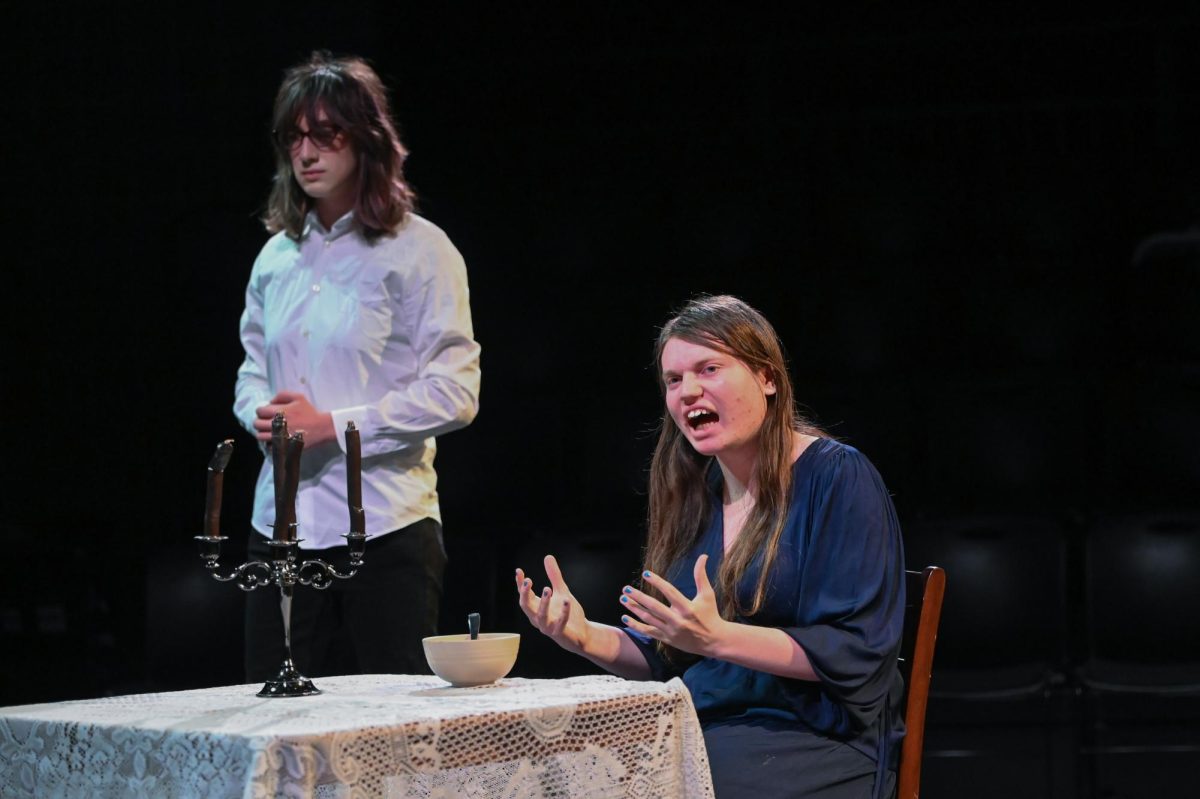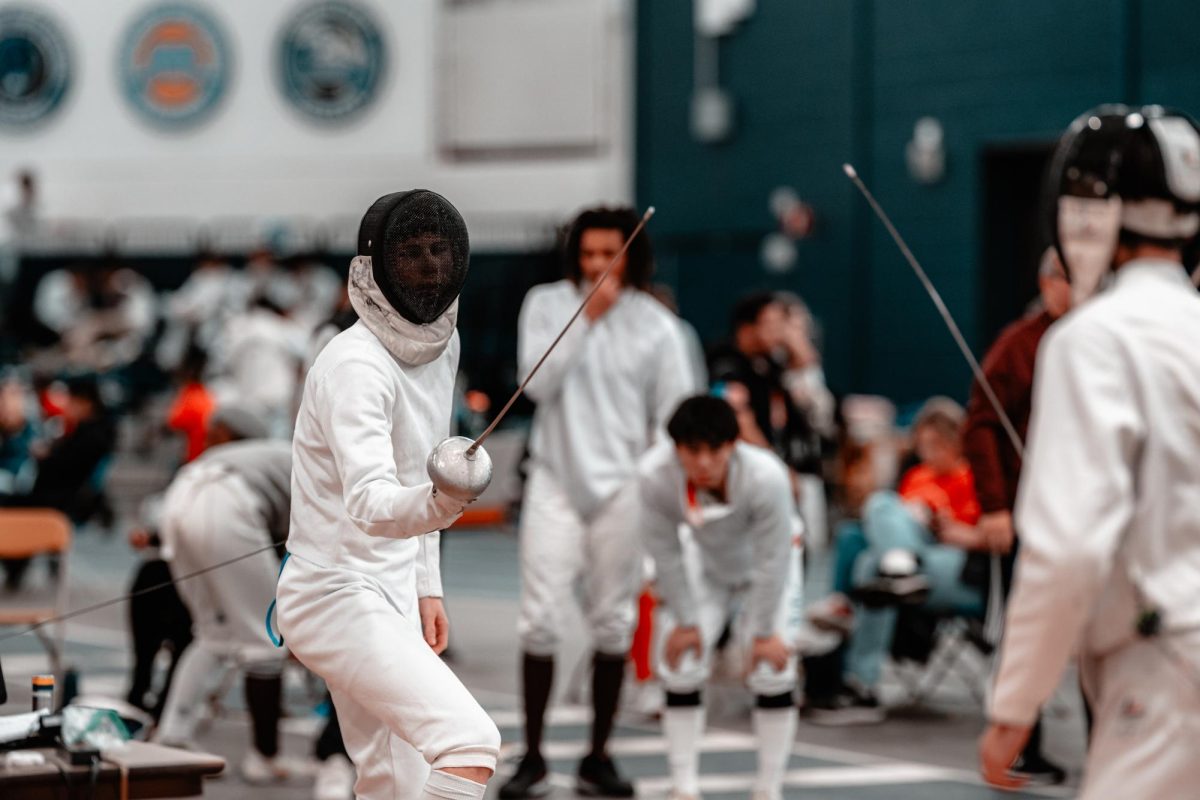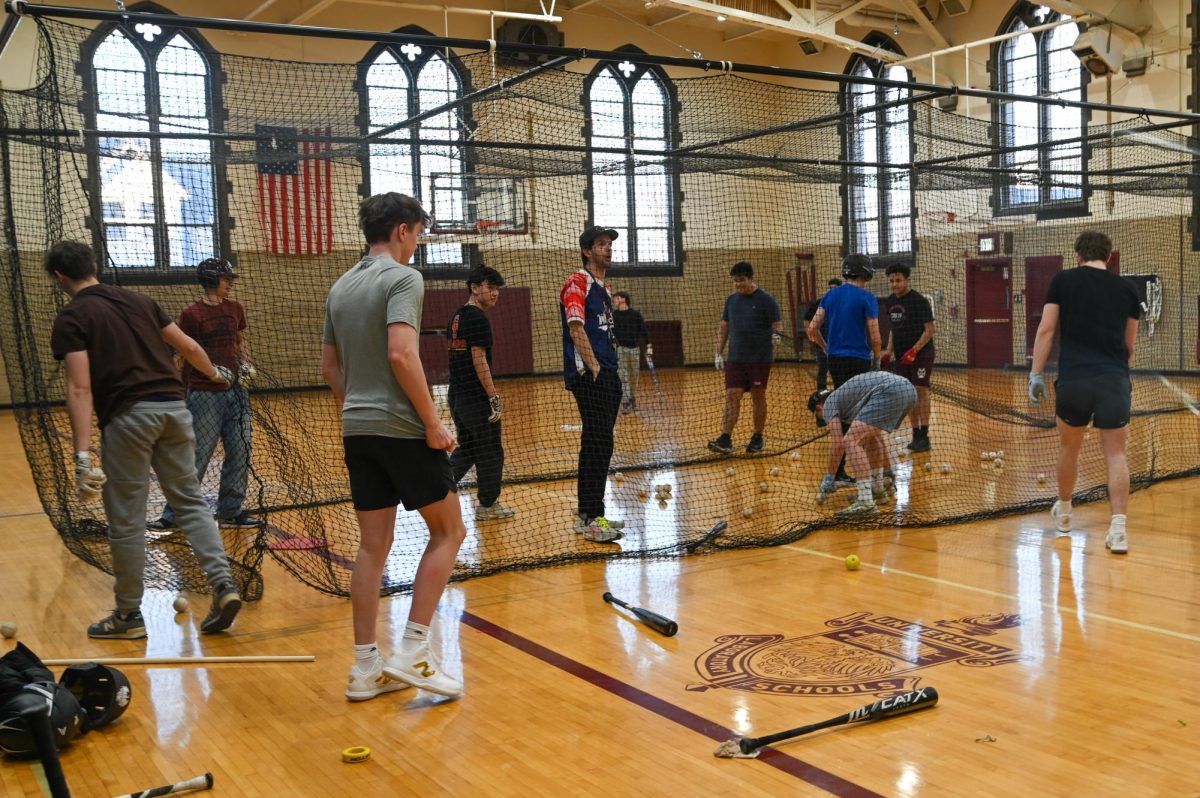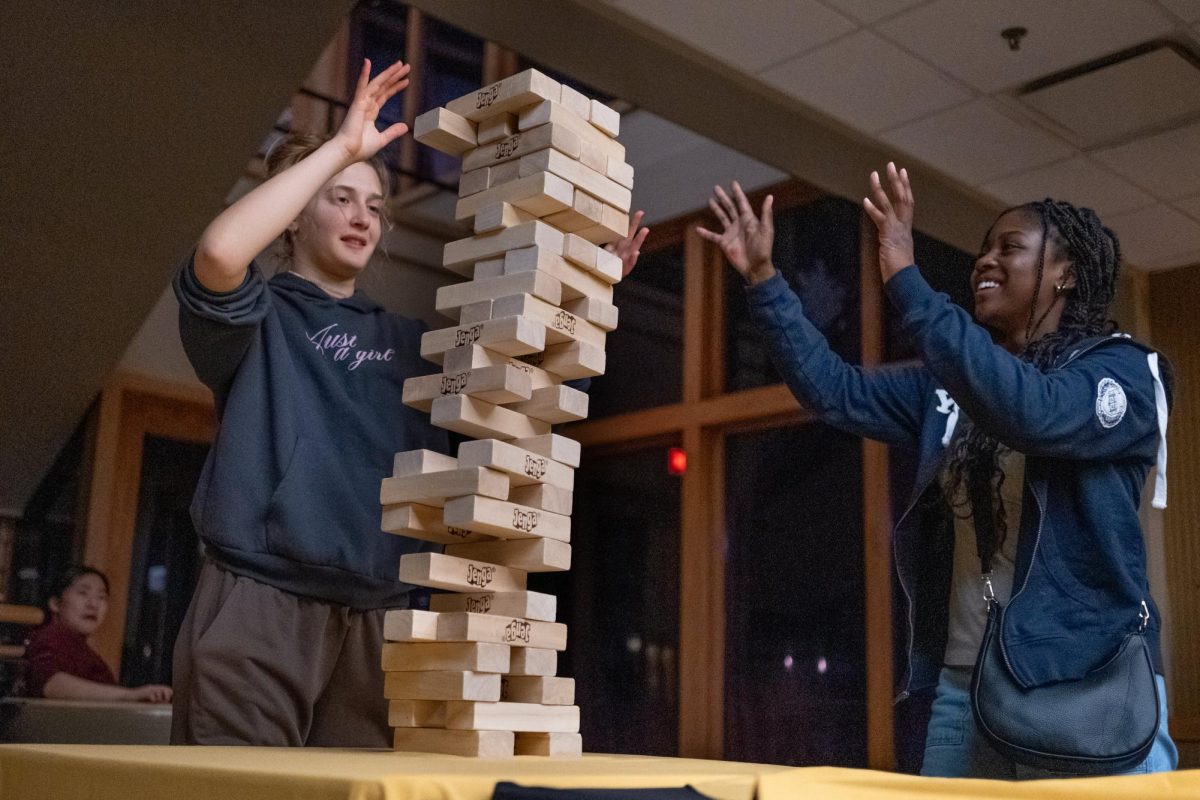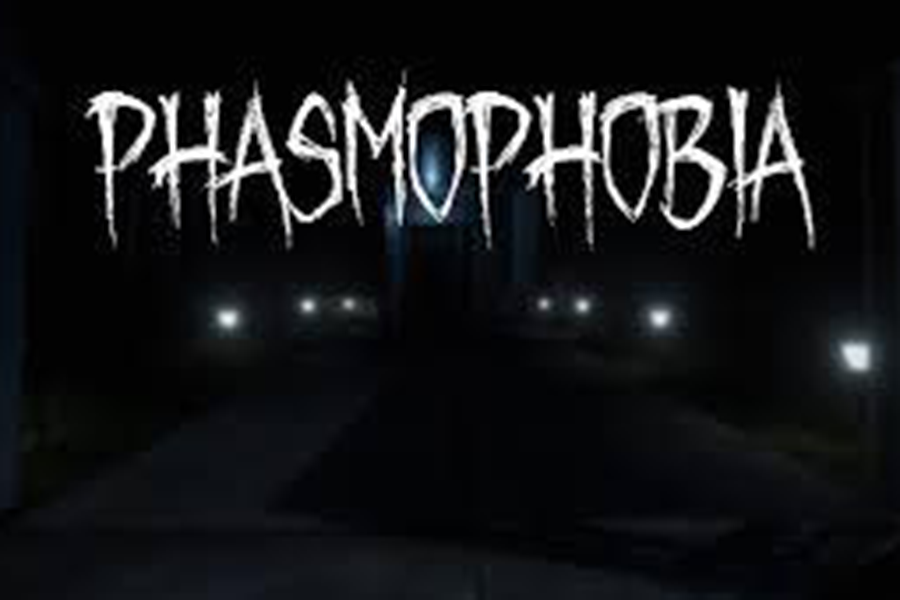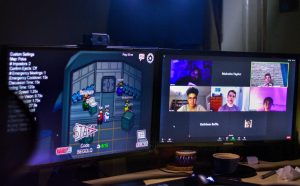‘Phasmophobia’ offers chillingly immersive horror experience
Phasmophobia
“Phasmophobia,” created by Kinetic Games for PC and virtual reality, is a thrilling, multiplayer, ghost-hunting game in which players are put into an empty first-person environment along with up to four players to search and collect information on ghosts.
December 7, 2020
While the term phasmophobia means fearing the supernatural, those who play the popular video game “Phasmophobia” will have to overcome this definition in order to survive and triumph. Similar to an interactive horror movie, the psychological-thriller is a high-adrenaline way for anyone to face their fears while working together and building trust with their counterparts. Together, the game’s detail and teamwork aspects make it captivating and bizarrely immersive.
“Phasmophobia,” created by Kinetic Games for PC and virtual reality, is a thrilling, multiplayer, ghost-hunting game in which players are put into an empty first-person environment along with up to four players to search and collect information on ghosts. Each ghost is different, and the main objective is not to defeat them but to utilize different technologies — EMF readers, ultraviolet flashlights, thermometers, cameras, crucifixes, Ouija boards — to gain enough information to identify them. But be careful, as ghosts become more active over time making the group lose their sanity and these seemingly normal environments descend into madness.
After being released in September, the game rose in popularity primarily throughout the Halloween season. By Oct. 18 it was the best-selling game on Steam and a top-five most-watched game on Twitch, where it still remains through December.
What separates “Phasmophobia” from other horror games is the level of detail throughout. The primary example is shown in how well-functioning and eerily comprehensive the ghosts are. While identifying a ghost may seem pretty easy at first thought, it quickly becomes recognizable that it takes a lot more effort and focus than expected to fill out evidence lists and survive. The ghosts have been programmed well enough to remain quite hidden at first, while they progressively increase in insanity as the game goes on. A player may be able to locate where the ghost is at one point in time, but proper utilization of technology while keeping safety is crucial to make each occurrence count. Even so, the game’s layers of audio precision and visual deception makes sure that no two hunts are the same as each ghost cognitively and unpredictably fights back the players’ efforts.
A crucial component to the success and enjoyment of the game is voice chat. By communicating, players can stay coordinated while going through the process of identifying ghosts. Without good communication, the game becomes essentially impossible to hunt down the ghosts since every encounter matters. The collaboration is really what makes the game fun, especially with close friends. In some ways the game mimics the thrill of an escape room where everyone’s voice matters to reach the finish line.
The thrill and interactivity of navigating haunted environments is what makes the game captivating, and also quite chilling from a theoretical standpoint. Believe in ghosts or not, “Phasmophobia” is sure to heighten senses and awareness of the paranormal.



































